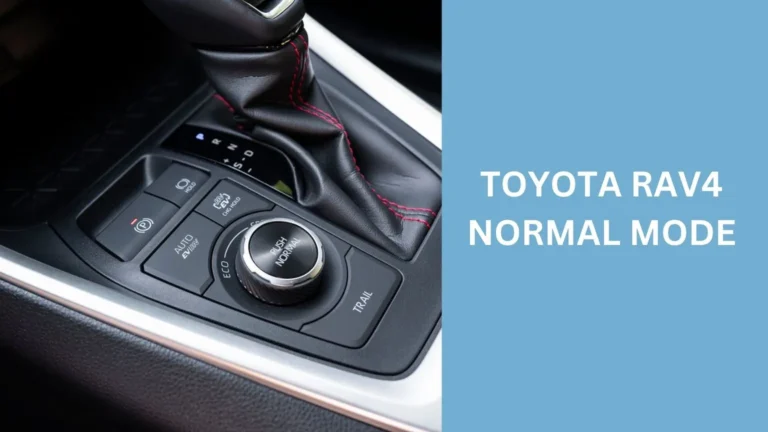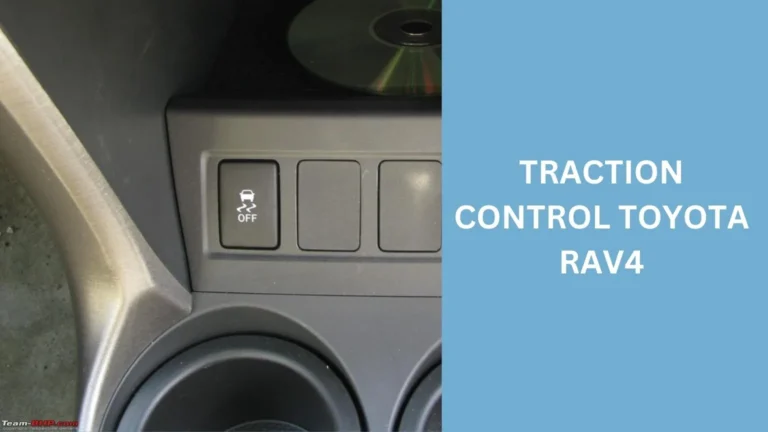How to Fix AWD System Malfunction? (Guide) of 2024
All-wheel drive (AWD) systems are essential for enhancing vehicle stability and traction, particularly in challenging road conditions.
However, like any complex mechanical system, AWD systems can malfunction. Understanding these malfunctions and knowing how to address them can save you from costly repairs and unsafe driving situations.

What is AWD?
AWD stands for All-Wheel Drive, a drivetrain system that powers all four wheels of a vehicle simultaneously. Unlike four-wheel drive (4WD), which is typically used in off-road conditions, AWD is designed for on-road use and provides better traction on slippery surfaces.
How AWD Systems Work
AWD systems use a series of differentials, sensors, and electronic controls to distribute power to all four wheels. The system automatically adjusts the power distribution based on the vehicle’s traction needs, ensuring optimal performance and safety.
Common AWD System Malfunctions
AWD systems, while robust, are not immune to problems. Common malfunctions include:
- Sensor Failures: AWD systems rely heavily on sensors. If these sensors fail, the system can’t accurately distribute power.
- Differential Issues: Problems with the front or rear differential can cause the AWD system to malfunction.
- Electrical Problems: Wiring issues or faults in the electronic control unit (ECU) can disrupt the AWD system’s functionality.
Symptoms of AWD System Malfunction
Identifying symptoms early can prevent more severe damage. Look out for:
- Warning Lights: An AWD warning light on your dashboard.
- Unusual Noises: Grinding or clunking sounds when driving.
- Handling Issues: Difficulty in steering or reduced traction.
Causes of AWD System Malfunction
Several factors can lead to AWD system malfunctions, including:
- Lack of Maintenance: Failing to perform regular maintenance can lead to component wear and tear.
- Driving Conditions: Harsh driving conditions, such as off-roading or driving in severe weather, can stress the AWD system.
- Mechanical Wear: Over time, parts like the differential and driveshafts can wear out.
Diagnosing AWD System Malfunctions
Diagnosing AWD issues requires a systematic approach:
- Visual Inspection: Check for obvious signs of damage or wear.
- OBD-II Scanner: Use a diagnostic scanner to read error codes from the vehicle’s computer.
- Test Drive: Listen for unusual noises and feel for handling issues during a test drive.
DIY Troubleshooting Tips
For those who are mechanically inclined, here are some troubleshooting tips:
- Check Fluid Levels: Low or dirty differential fluid can cause problems.
- Inspect Wiring: Look for damaged or loose wires.
- Reset the System: Sometimes, disconnecting and reconnecting the battery can reset the AWD system.
When to Seek Professional Help
If DIY troubleshooting doesn’t resolve the issue, it’s time to seek professional help. Certified mechanics have the tools and expertise to diagnose and repair complex AWD systems accurately.
Preventive Maintenance for AWD Systems
Preventive maintenance is key to avoiding AWD malfunctions. Regularly check and replace differential fluids, inspect the system for wear, and follow the manufacturer’s maintenance schedule.
AWD System Malfunction in Different Car Models
Different car models have varying AWD systems. For example:
- Subaru: Known for its symmetrical AWD, which is reliable but can suffer from differential issues.
- Audi: Uses Quattro AWD, which is sophisticated but can be expensive to repair.
- Toyota: Offers AWD in many SUVs, with a focus on reliability but still susceptible to sensor problems.
Cost of Repairing AWD Systems
Repair costs can vary widely depending on the issue and vehicle model. Sensor replacements might cost a few hundred dollars, while major repairs like differential replacement can run into thousands.
The cost of repairing AWD systems can vary widely based on the specific issue and the vehicle model:
Labor Costs: Mechanics may charge between $75 and $150 per hour, depending on the region and their expertise.
Sensor Replacement: Typically costs between $200 and $500.
Differential Repair or Replacement: Can range from $800 to $3,000 depending on the complexity and parts involved.
Electrical Issues: Repairing or replacing wiring and the ECU can cost between $500 and $1,500.
Upgrading Your AWD System
Upgrading your AWD system can enhance performance and reliability. Consider aftermarket differentials, stronger driveshafts, and advanced ECU programming for better traction and handling.
Benefits of Maintaining a Healthy AWD System
Maintaining a healthy AWD system ensures:
- Safety: Improved traction and stability.
- Performance: Optimal vehicle performance in all driving conditions.
- Longevity: Extended lifespan of your vehicle’s drivetrain components.
People also ask
What is an AWD malfunction?
An AWD malfunction occurs when the all-wheel drive system in a vehicle fails to operate correctly. This can result from issues with sensors, differentials, or electrical components, leading to reduced traction, poor handling, and potential safety risks. Symptoms may include warning lights, unusual noises, or handling problems.
Is it OK to drive with the AWD light on?
Driving with the AWD light on is not recommended. The light indicates a problem with the all-wheel drive system, which can compromise vehicle stability and safety. It’s best to diagnose and address the issue promptly to avoid potential damage and ensure safe driving conditions.
Conclusion
In Conclusion, AWD systems are crucial for safe and reliable vehicle operation, especially in challenging conditions. By understanding common malfunctions, symptoms, and preventive maintenance, you can keep your AWD system running smoothly and avoid costly repairs.
I’m Micle R, and I’m thrilled to share my passion for the Toyota RAV4 with you. This site is dedicated to everything you need to know about this incredible vehicle, from detailed reviews and maintenance tips to the latest news and updates.





